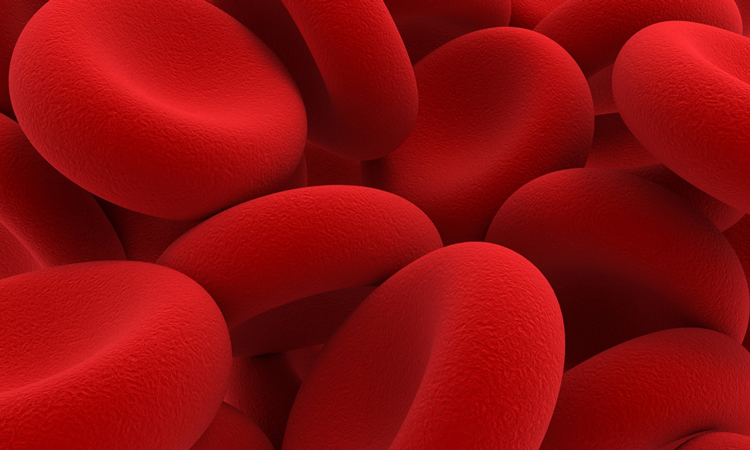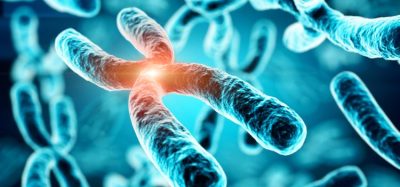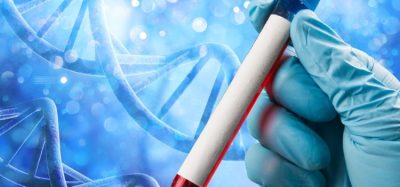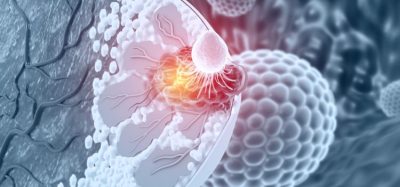‘Super-human’ red blood cells could revolutionise drug delivery
Posted: 21 January 2020 | Victoria Rees (European Pharmaceutical Review) | No comments yet
Modified ‘super-human’ red blood cells containing therapeutic compounds have been developed by researchers as a novel form of drug delivery.


A team of physicists has developed a process to modify red blood cells to create ‘super-human’ cells that distribute drugs throughout the body. According to the researchers, their technology could be used to target infections and to treat diseases such as cancer or Alzheimer’s.
The group, from McMaster University, Canada, altered red blood cells to circulate in the body for several weeks at a time, seeking out specific targets including bacteria, tumours and organs. This solves a major problem with current drug delivery methods that use synthetic molecules but cannot reach specific targets or are rejected by the body.
“We think that they [modified red blood cells] could work as the perfect stealth drug carriers which can outsmart our immune system,” explains Maikel Rheinstädter, a senior advisor on the study and professor in the Department of Physics & Astronomy at McMaster.
The researchers developed a method to open the red blood cells, modify the outer cell wall and replace the contents with a drug compound. These would then be injected back into the body.
Although appearing to behave as a normal red blood cells, the hybrids have a sticky surface which allows them to attach to locations such as bacteria, open up and release drugs like antibiotics.
“We have combined synthetic material with biological material and created a new structure, which has never been done before in this way,” says Sebastian Himbert, lead author and a graduate student in the Department of Physics & Astronomy at McMaster. “The entire process is very efficient and can be completed in one day in the lab.”
The team believe this targeted delivery method could help to minimise dosages and potential side effects. This is particularly important for very potent drugs used in cancer and Alzheimer’s and the treatment of infections of potentially resistant bacteria.
The findings were published in Advanced Biosystems.
Related topics
Anti-Cancer Therapeutics, Drug Delivery Systems, Drug Development, QA/QC, Research & Development (R&D), Therapeutics









